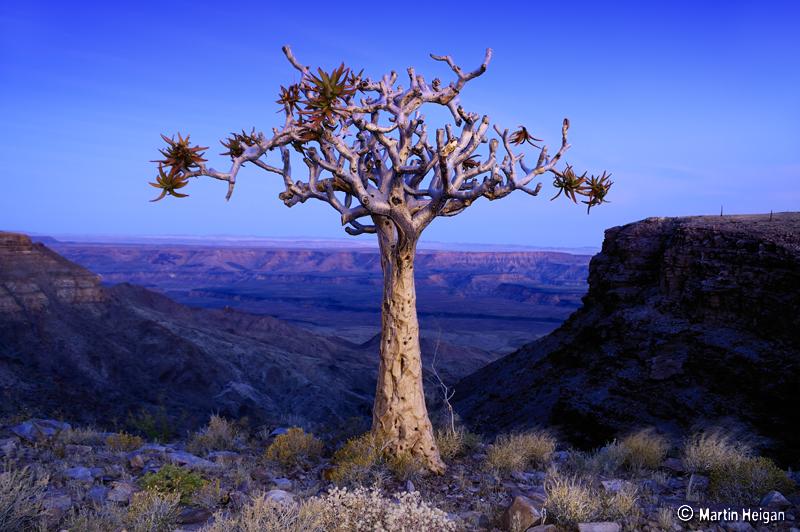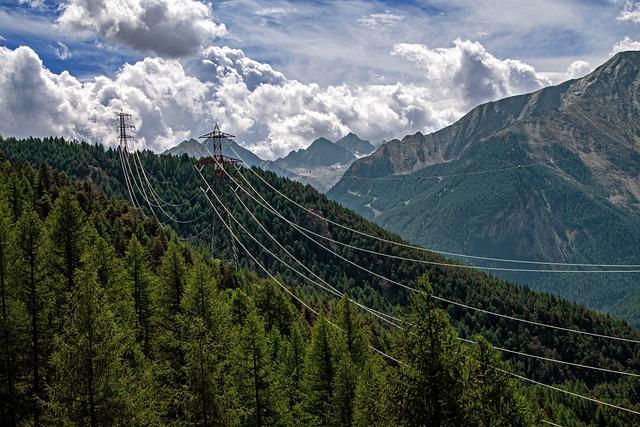When it comes to maintaining the health and beauty of our trees, protecting them from the threats of animal activity is paramount. Whether it’s curious squirrels nibbling on tender branches or determined beavers gnawing through trunks, our beloved trees can fall victim to an array of animal menaces. In this comprehensive guide, we will explore the most effective strategies to safeguard your trees from these furry intruders. By understanding their behavior and implementing preventative measures, you can ensure the longevity and vitality of your arboreal companions. Join us as we delve into the world of tree protection, equipping you with the knowledge and tools needed to create an impenetrable fortress against animal menace
Identifying the Threat: Common Animal Menace to Trees
Identifying the Threat: Common Animal Menace to Trees
Trees provide numerous benefits to our environment and are vital for maintaining a healthy ecosystem. However, they often face threats from various animals that can cause significant damage if not properly addressed. In this section, we will explore some of the most common animal menaces that trees encounter and learn how to identify them. By familiarizing ourselves with these threats, we can take effective strategies to safeguard our trees and ensure their longevity
More on the subject
One of the joys of having trees on your property is the beauty and shade they provide. Trees can enhance the overall appearance of your landscape and create a peaceful environment. However, these majestic plants are not immune to threats from various animals that can cause damage and even harm them. To ensure the health and longevity of your beloved trees, it is vital to implement effective strategies to safeguard them from animal menace. In this ultimate guide, we will explore some tried-and-tested tactics that will help protect your trees from animal-related damage.
1. Understanding the Threats:
First and foremost, it is crucial to identify the potential threats your trees may face from animals. Common culprits include deer, rabbits, squirrels, raccoons, beavers, and even domestic pets. These animals can cause damage by chewing on the bark, eating leaves, or digging around the root system. They can also cause structural harm by rubbing antlers or scratching their bodies against the trunks. Recognizing the specific threats will help you tailor effective strategies.
2. Protective Barriers:
Installing physical barriers is an effective and proactive way to safeguard your trees. A popular method is the use of tree guards or wire mesh wrapped around the trunk to prevent animals from gnawing and rubbing against the bark. Fencing can also be used around the tree to keep larger animals at bay. However, ensure that the barriers are tall and strong enough to deter determined creatures.
3. Repellents and Deterrents:
Several natural and commercially available repellents and deterrents can be used to dissuade animals from targeting your trees. Chemical-based repellents can be sprayed on the foliage or applied to the tree trunk to repel animals through taste or odor. Some repellents mimic predator scents, tricking animals into thinking there is a threat nearby. Additionally, motion-activated devices, such as sprinkler systems or noise-emitting devices, can startle and scare away animals when they approach the tree.
4. Pruning and Trimming:
Regular pruning and trimming are essential maintenance practices that not only enhance the overall health and appearance of your trees but also make them less attractive to animals. Removing low-hanging branches and thinning out dense foliage can help minimize animal access to the tree. Additionally, removing dead or diseased wood can prevent unwanted visitors like insects, which, in turn, may attract animals.
5. Companion Planting:
Strategically planting certain species of plants or flowers around your trees can serve as a natural deterrent to animals. Strong-smelling plants like marigolds, lavender, and daffodils can repel animals due to their overpowering scents. Some species like prickly roses or holly bushes act as physical barriers, making it difficult for animals to get close to the trees.
6. Hiring Professional Help:
If you are facing severe animal menace or have valuable trees that require extra protection, it may be wise to seek professional assistance. Arborists and wildlife control experts can assess your situation, recommend tailored solutions, and implement advanced methods of protection. They have the knowledge, experience, and access to specialized equipment that will ensure the safety and wellbeing of your trees.
Remember, preventing animal damage to your trees is an ongoing process that requires dedication and vigilance. By implementing these effective strategies and adapting them to your specific situation, you can take significant steps towards safeguarding your trees from animal menace and ensuring their vitality for years to come
In conclusion, safeguarding your trees from animal menace is a crucial aspect of ensuring their longevity and health. This ultimate guide has provided you with a comprehensive understanding of the various strategies and techniques you can utilize to protect your trees effectively.
By recognizing the types of animals that are most likely to damage your trees and understanding their behavior patterns, you can implement preventative measures proactively. From physical barriers like fences and trunk wraps to implementing scent and noise deterrents, there are numerous tools at your disposal.
Additionally, cultivating a healthy ecosystem that attracts beneficial animals can play a significant role in deterring destructive species. Attracting birds, for example, can naturally control insect populations that may harm trees. Planting native species, creating brush piles for shelter, and providing a water source are just a few ways to encourage a diverse and beneficial wildlife habitat.
Regular monitoring and maintenance are essential in identifying early signs of animal damage. Acting swiftly to address any issues can prevent long-term damage and save your trees from irreparable harm. Regular pruning, checking for signs of disease or infestation, and ensuring proper nutrition and water supply are key steps in maintaining tree health.
Remember, understanding the local regulations and seeking advice from professionals such as arborists or wildlife experts can also be invaluable. They can provide tailored recommendations based on the specific needs of your trees and the wildlife prevalent in your area.
Ultimately, the protection of trees is not only important for their aesthetic appeal but also for the numerous benefits they provide to our environment and our well-being. By implementing the strategies outlined in this guide, you can ensure that your trees thrive and continue to enhance your surroundings for years to come.
So, arm yourself with knowledge, be proactive, and take the necessary steps to safeguard your trees from animal menace. Not only will you be preserving the natural beauty of your landscape, but you will also be contributing to a healthier and more sustainable world




